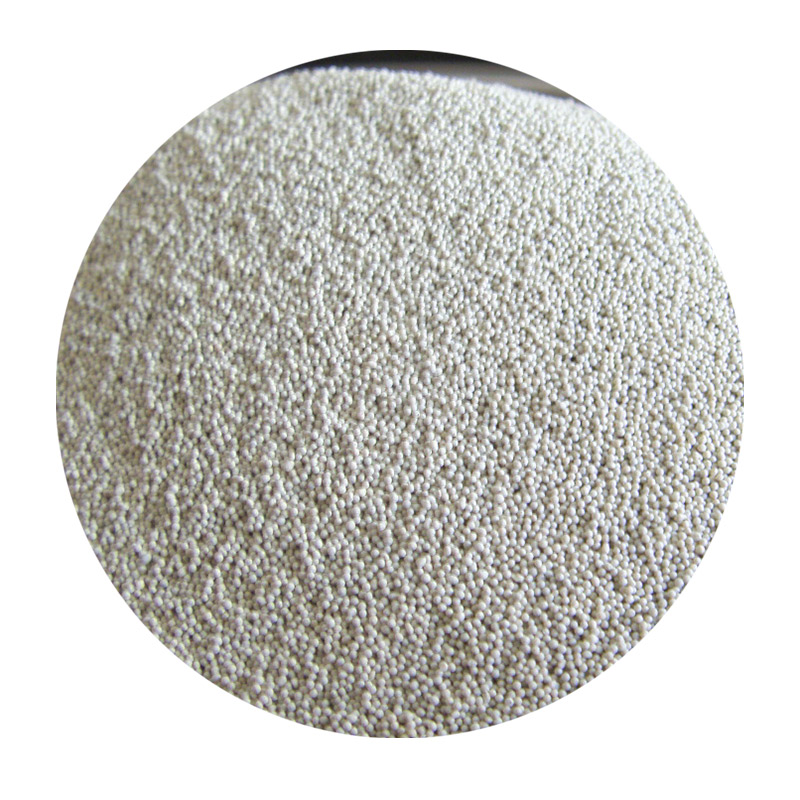

Once everything is in place, molten metal, often aluminum or iron, is poured into the mold. It is critical that the temperature is regulated precisely, as this influences the final properties of the cast product. Real-world experience emphasizes the importance of controlling cooling rates to prevent internal stresses and cracks. Veteran foundry engineers keep a vigilant eye on the cooling process, often using thermographic equipment to monitor temperature distribution across the mold. Post-casting involves several steps of finishing processes. Once cooled, the casting is removed from the mold and subjected to processes like shot blasting or grinding to remove excess material and achieve the desired surface texture. Quality inspection follows, using both mechanical gauges and advanced non-destructive testing methods like X-ray radiography to ensure dimensional accuracy and structural integrity. Experienced professionals advocate for a lean approach, where every stage is closely monitored and refined, leveraging data analytics to augment efficiency and reduce wastage. This not only improves quality but also builds trust with clients by adhering to stringent industry standards. In conclusion, sand casting is not just about pouring molten metal into a mold. It embodies a high degree of expertise, from choosing the right materials and designing efficient mold systems to ensuring the integrity of the finished product. These facets, when executed with authority, forge components that surpass expectations in both performance and durability, establishing a reliable foundation for manufacturers worldwide. Post time:يناير . 14, 2025 11:11
Next:Ceramcast sand ball shape for sand casting
